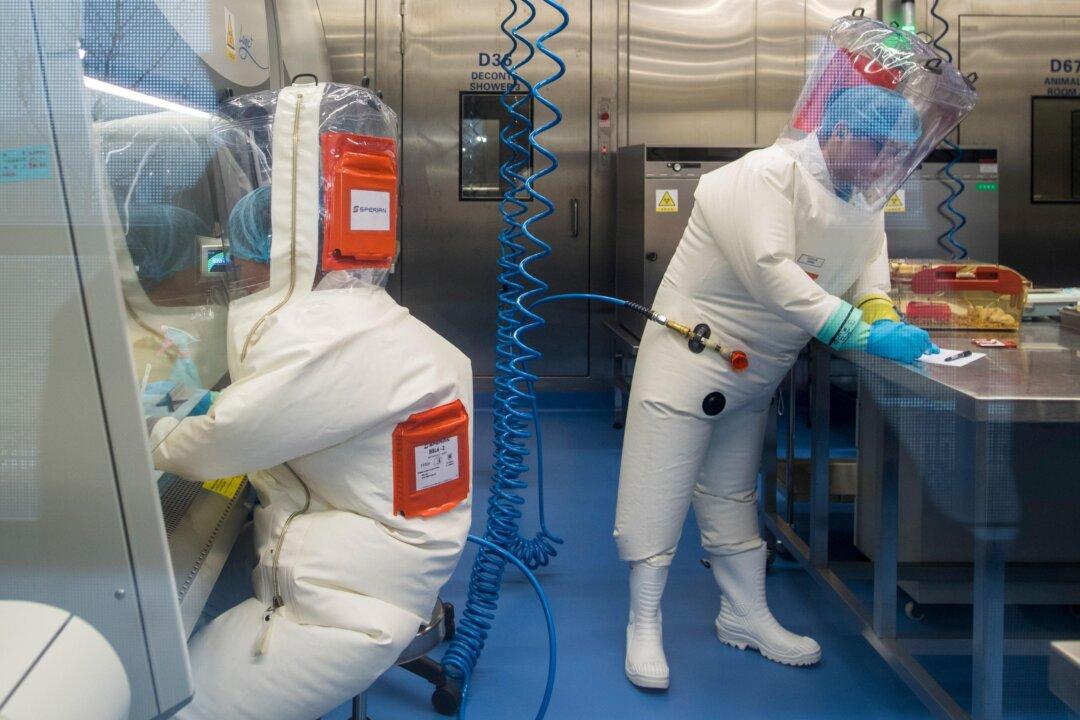A June 6 op-ed in The Wall Street Journal, penned by two experts, argued there existed “damning” scientific evidence supporting the theory that the CCP (Chinese Communist Party) virus didn’t make a natural jump from animal to human, but was bio-engineered in a Chinese lab.
Dr. Steven Quay, who holds both a master’s and a doctorate degree from the University of Michigan, and Richard Muller, emeritus professor of physics at the University of California–Berkeley, said that two key pieces of evidence—one relating to gene splicing and the other to a lack of virus diversity—strongly suggest a lab origin regarding the outbreak that has infected more than 173 million people worldwide.





